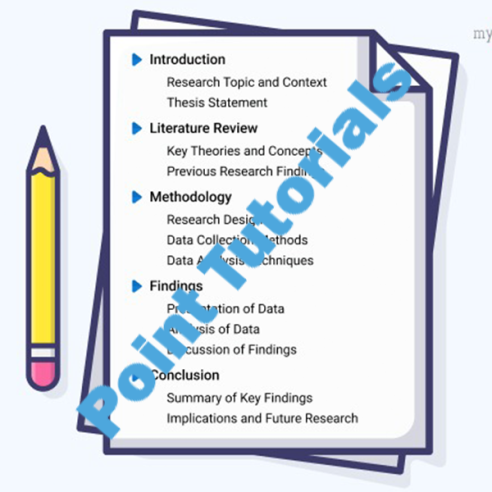
4020 Assessment 2
In Stock
Root-cause Analysis and Safety Improvement Plan
Root cause analysis (RCA) is a systematic approach to determine the underlying reasons for an adverse event or problem. RCA aims to explore why an incident happened beyond just the apparent causes to enable targeting effective corrective and preventative solutions. As Karkhanis and Thompson (2020) explain, a safety improvement plan outlines the steps needed to strengthen safety measures based on an RCA’s findings. The program aims to mitigate risks and stop similar events from reoccurring. Therefore, evidence-based best practices will be used to address these concerns. The analysis will help develop an effective, evidence-informed safety plan by identifying organizational strengths supporting safer medication administration. However, medication errors are a serious patient safety concern in healthcare settings that can lead to prolonged hospital stays, increased healthcare costs, and potentially patient illness or death in severe cases. This paper aims to conduct a root-cause analysis and propose an evidence-based safety improvement plan to identify and address the leading causes of medication errors related to administration in our selected healthcare organization.
Root Cause Analysis
Our healthcare organization has realized increased medication administration errors that have threatened patient safety. After performing the root cause analysis, several contributing factors were identified. First, health practitioners often deal with heavy workloads and long shifts, leading to increased fatigue and reduced cognitive abilities during medication administration (Rasool et al., 2020). Nurses are frequently overburdened with high volumes and extended shifts due to understaffing and increasing patient acuity levels. The lack of breaks exacerbates this issue further. Therefore, nurses may experience fatigue, impairing their focus and increasing the risk of medication errors.
Moreover, our facility’s absence of standardized medication administration protocols has led to inconsistent practices and higher chances of mistakes. While some units have developed their methods, there needs to be more uniformity within the organization. Nurses and other providers must regularly adjust to varying processes, risking confusion and errors. In addition, complex medications that involve look-alike and sound-alike drugs pose a significant challenge, heightening the risks of administration mistakes. Medication complexity plagues healthcare in general (Ruutiainen et al., 2021). Similar packaging or naming of medications increases the potential for mistakes among providers. Additionally, high-risk medicines like opioids require extra vigilance as errors could have dire consequences.
Additionally, gaps in communication between healthcare team members, such as nurses, pharmacists, and doctors, need to be clarified regarding medication orders and how to carry them out. Our organization needs help with communication breakdowns. Misunderstandings commonly occur between clinical teams concerning medication instructions and their implementation (Tiwary et al., 2019). Effective communication is crucial to patient safety, yet this critical factor sometimes needs to be improved. However, insufficient training and competency evaluation of staff involved in medication administration have also been recognized as a root cause of medication errors. New employees may need more experience or receive adequate training in safe medication administration techniques (Kerari & Innab, 2021). Without a proper understanding of aseptic procedures, dosage calculations, or secure medication handling, healthcare providers are more likely to make mistakes,
Price:$30.00
Category: List of Solutions
